[ad_1]
By Buyer Writer Rachel Perez
In case your yard suffers from poor drainage or soil erosion, then you definitely undoubtedly definately could uncover areas of standing water after heavy rain. From gathering stormwater air air air pollution to making a breeding flooring for mosquitoes, standing water may set off many factors.
Happily, there’s a good reply that won’t solely resolve your yard drainage components however may even assist the ambiance. In merely in the end, any home-owner can flip their yard’s standing water and gradual drainage into an eyecatching boon for the native ecology. With that in concepts, correct proper right here’s how one can assemble the final word phrase rain yard.
What’s a Rain Yard?
Put merely, a rain yard is a purposely-built home of a yard designed to facilitate drainage. In some circumstances, soil erosion and compaction create areas of the yard that not drain. When it rains, these areas permit storm runoff (usually polluted) to gather in low spots of a yard. Utilizing simple landscaping strategies and native crops, a rain yard turns these low-lying, compacted areas of your yard into spots with pure drainage and a substantial amount of pure filters. This enables the stormwater to empty, filtering out chemical and waste air air pollution earlier than they attain native waterways, and avoids the hazards of standing water (mosquito breeding grounds and putrid smells).
Not solely do rain gardens promote the expansion of pure crops, however they’re furthermore taking part to native wildlife. Briefly, rain gardens make good pure habitats in your yard. Furthermore, since rain gardens assist take care of water runoff, your state or metropolis may present tax credit score rating.
How Does a Rain Yard Work?
Inserting in a rain yard is like along with infrastructure to your yard. The strategic placements of shrubs, crops, and bushes create a root system that absorbs water and passes the dietary nutritional vitamins alongside to the crops. This helps create a pure water cycle that permits for correct drainage and pure progress.
Methods to Assemble a Rain Yard
One in every of many taking part decisions of a rain yard is how simple it’s to assemble. With minimal upkeep required, a rain yard will thrive as nature supposed. Nonetheless as with all worthwhile downside, analysis is necessary and requires a bit little little bit of planning earlier than you break flooring.
Examine and Put collectively the Home
The first step is figuring out the simplest home in your rain yard. These are generally on the underside of slopes, or in a low-lying melancholy that’s liable to flooding.
Concentrate on yard areas that catch many of the runoff from the home roof and downspouts. If potential, assemble your yard inside 30 toes of the downspout or roof drainage for max effectivity. Keep the rain yard not decrease than 10 toes out of your private dwelling’s basis to steer clear of water seeping into your basis partitions.
You’ll furthermore must steer clear of areas in heavy shade. A rain yard wishes not decrease than partial daylight (ideally direct) so the water not solely absorbs into the underside nevertheless furthermore evaporates as shortly as potential. An excessive amount of shade will gradual the tactic down.
Lastly, contact your utility company to steer clear of buried traces earlier than you begin digging. Whereas ready for them to mark protected zones, take a soil pattern and arrange its composition.
Arrange Soil and Native Plant Sorts
Figuring out the soil composition is a crucial step in making certain acceptable drainage. Considerably, you may need to uncover out in case your soil is sand, clay, or loam-based. It is doable you may ship your soil for an official soil take a look at, or it could be accomplished with an easy truly actually really feel take a look at. Merely roll some moist soil in your arms and observe what occurs to it once you squeeze it. If the soil disintegrates like sand, then it’s sand. If it sticks collectively, then it’s clay. If it’s clear however crumbly, then you definitely undoubtedly definately’ve bought loam.
Your soil variety helps resolve the minimal dimension of your rain yard. Clay-based soil is gradual to empty, so it ought to want additional flooring home; sand is fast-draining, so it could be small however setting pleasant; loam soils are frequent drainers. Nonetheless, with the addition of sand or utterly totally different substrates, loam-based rain gardens can enhance their absorption costs.
Everytime you’ve acknowledged your soil variety, it’s time to resolve on which crops will thrive in your rain yard. Native crops, together with water-loving flowers, shrubs, and bushes, are necessary rain yard decisions. They’re naturally low upkeep, as they’ve developed in your home over millennia, together with native wildlife and native climate circumstances.
Although people could not see it, native crops have a flowery and complementary relationship with one another. This native ecosystem is accountable for water drainage, pollinator assist, and wildlife assist. Briefly, native crops are hearty, simple to develop, and totally tailored in your native circumstances. They attraction to native birds, mammals, and pollinators, sometimes require fertilizers, and look lovely.
Plant and Protect your Rain Yard
Now that your soil variety and have acknowledged your native crops, it’s time to panorama. The rain yard ought to vary from 4 to eight inches deep, relying on the grade (a steeper grade have to be dug deeper to accommodate additional water). The middle have to be the deepest half, and all the rain yard have to be stage.
Plant the hardiest, drought-resistant native crops all through the middle. Lots a lot much less tolerant crops ought to line the pores and pores and skin of the yard.
Moreover, be sure to:
- Precisely area crops to encourage deep root progress.
- Mulch the rain yard to suppress weeds.
- Use stones of assorted sizes to gradual erosion.
- Winterize with extra mulch (rain gardens will proceed working with snow).
After 2-3 years, your rain yard will almost certainly be a self-sustaining ecosystem. Weeds will almost certainly be crowded out, and your rain yard’s crops will almost certainly be diverting and filtering polluted and extra rainwater.
Rain gardens are a protected reply to your yard’s drainage components. Away from the issue of digging irrigation trenches, gravel drains, or drainage culverts, a rain yard will take care of stormwater effectively and change into a stupendous wildlife sanctuary.
For additional particulars, see How To Assemble a Rain Yard Step-By-Step at Residence Advisor
Writer’s Bio: Rachel Perez is a graduate of New York School who contributes to residence enchancment, landscaping, and renovation articles. When not writing, she enjoys gardening collectively alongside along with her household and spending time all through the Florida sunshine.
[ad_2]
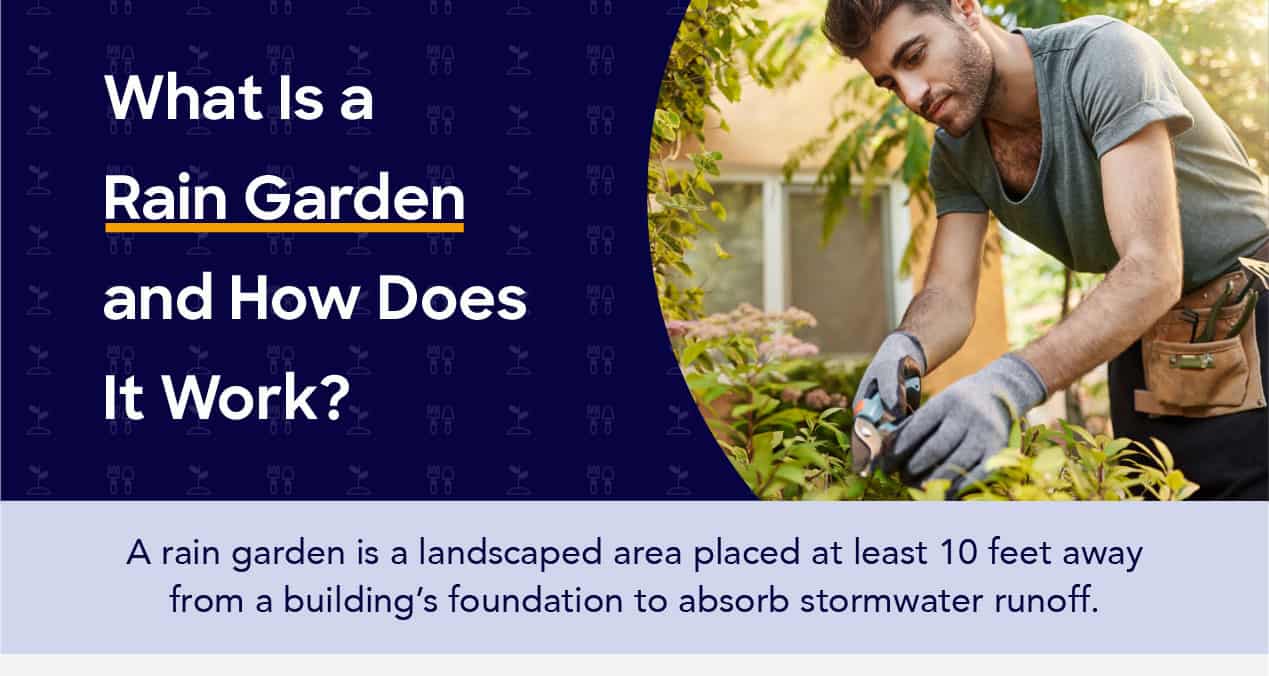
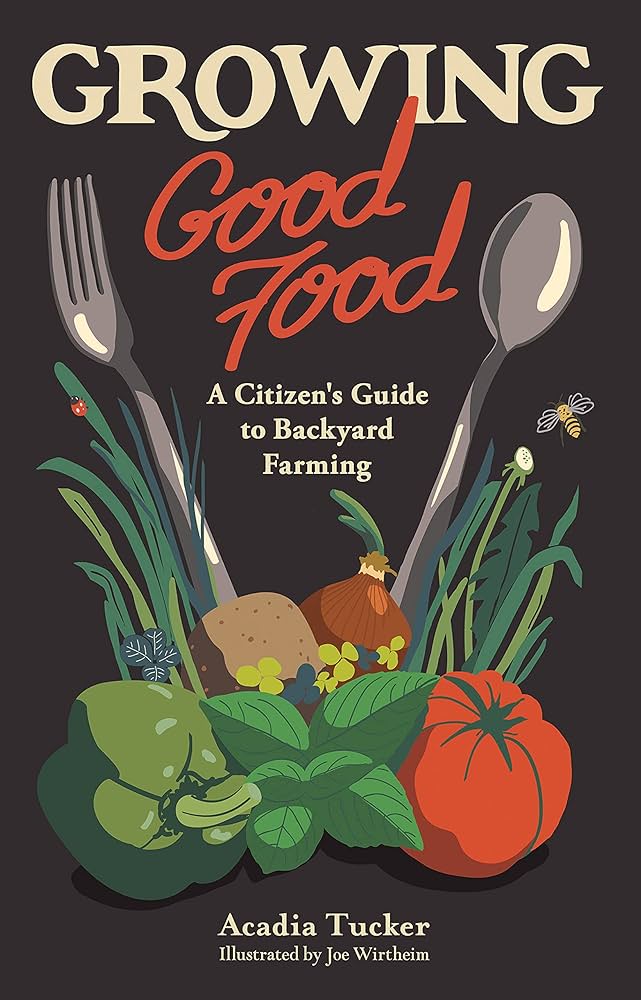
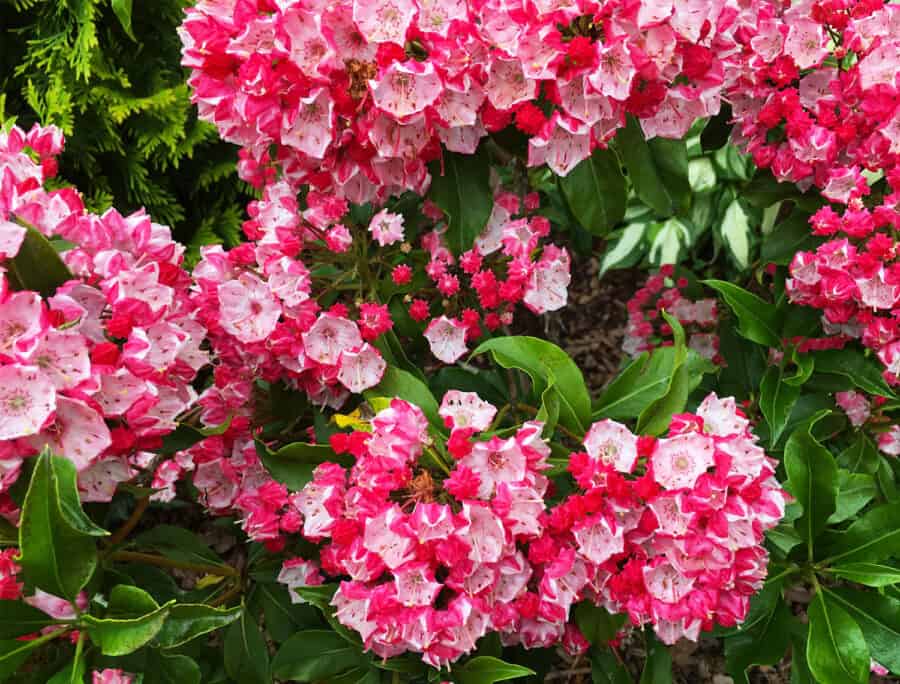
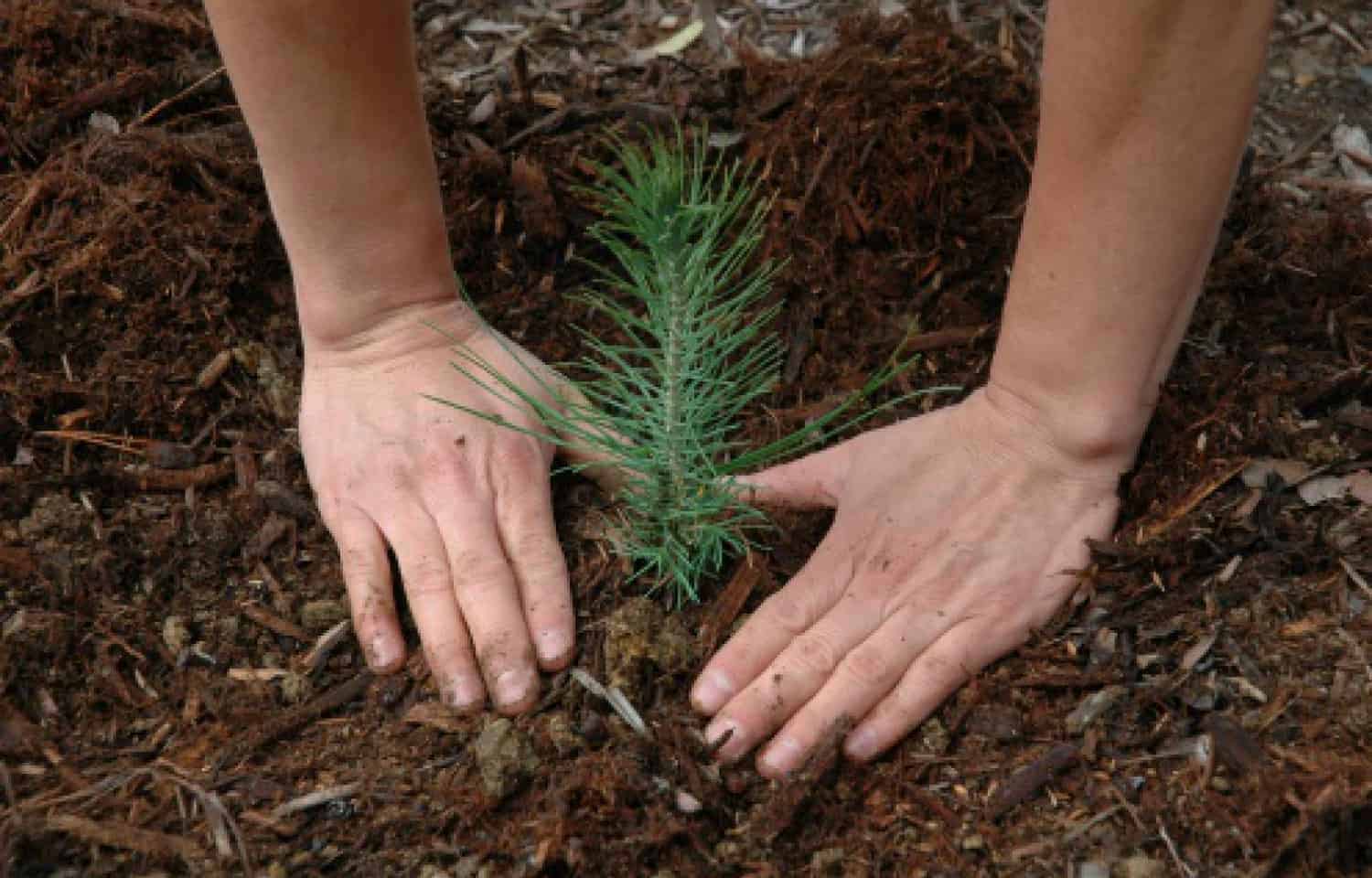
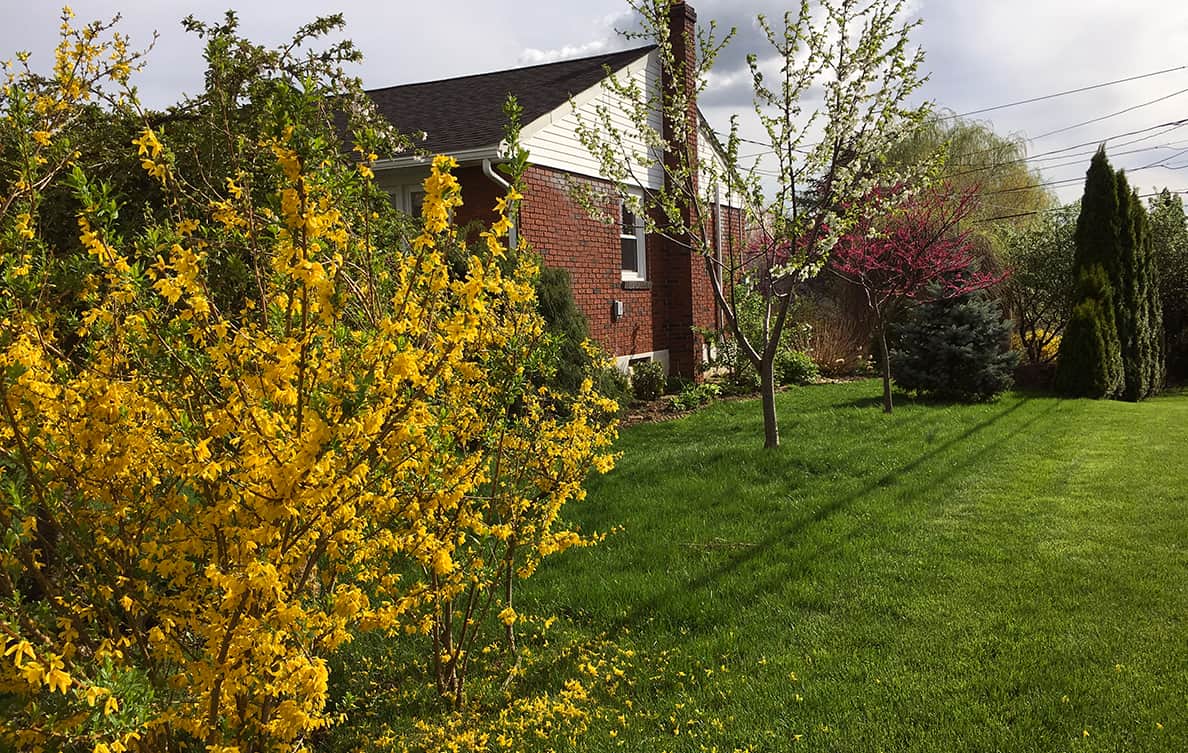
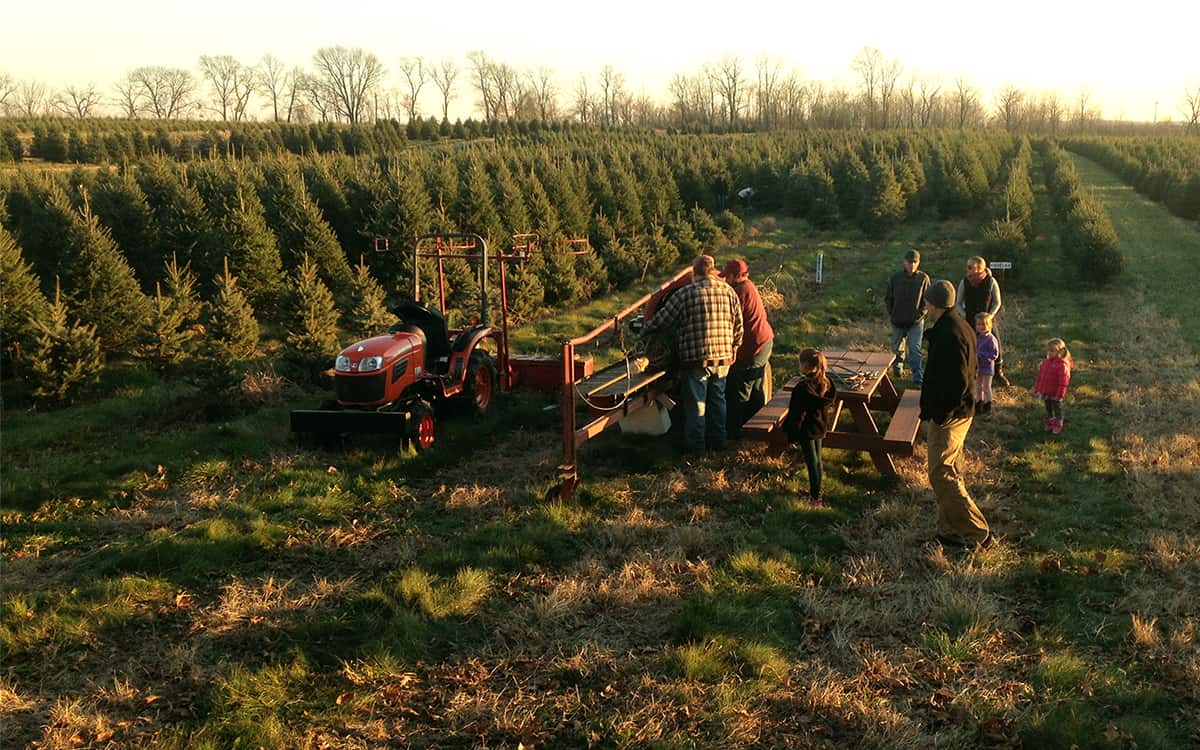
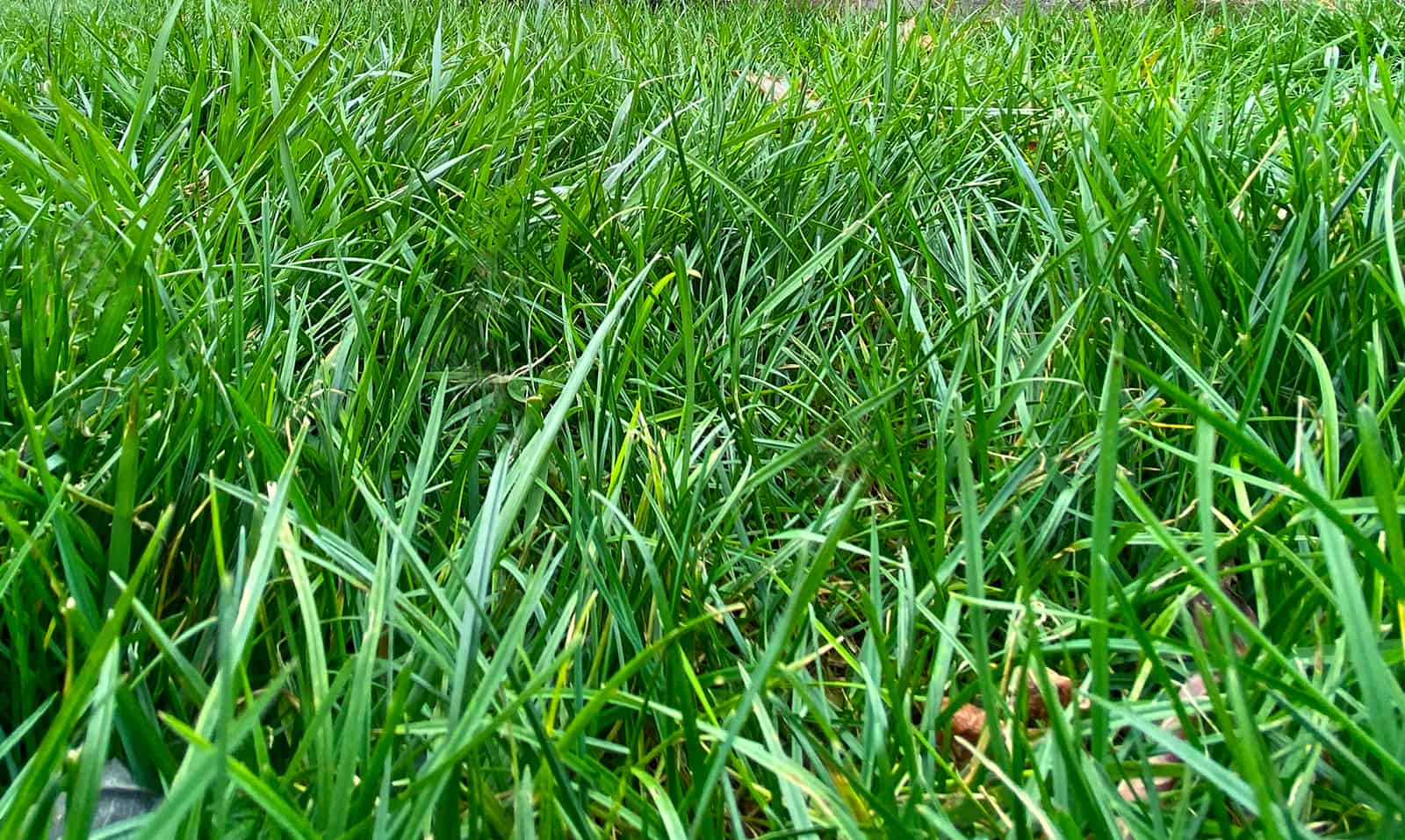
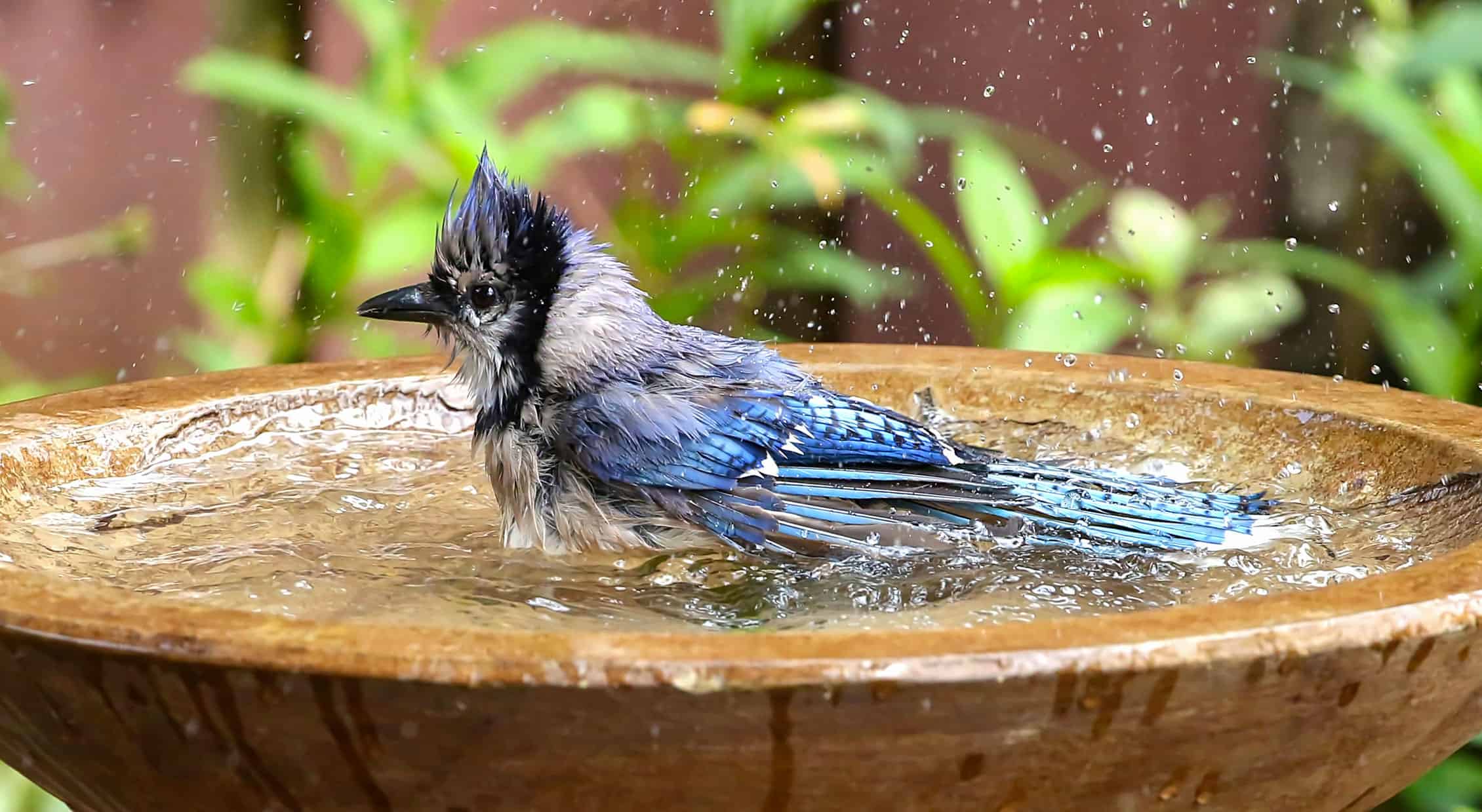

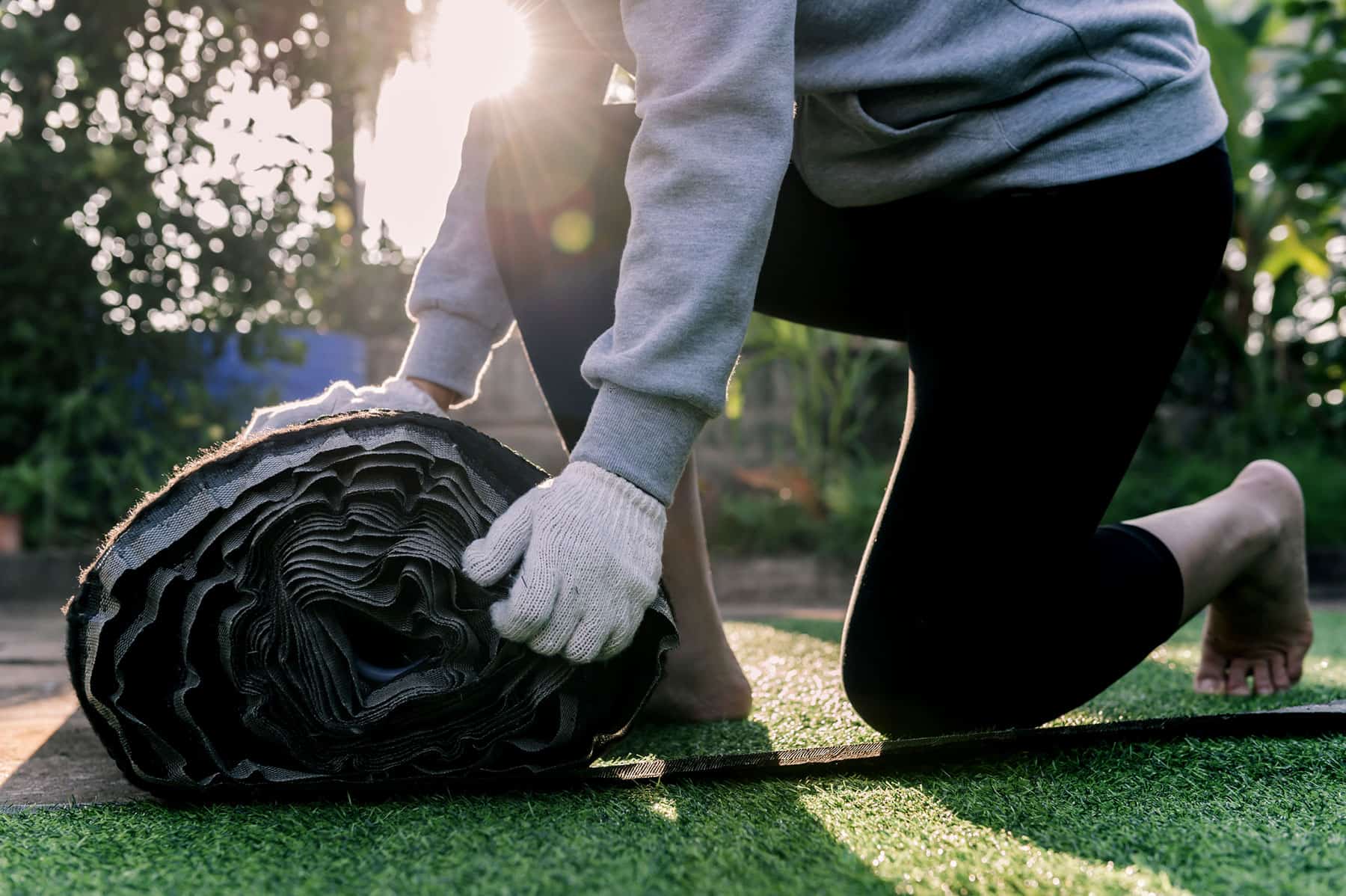
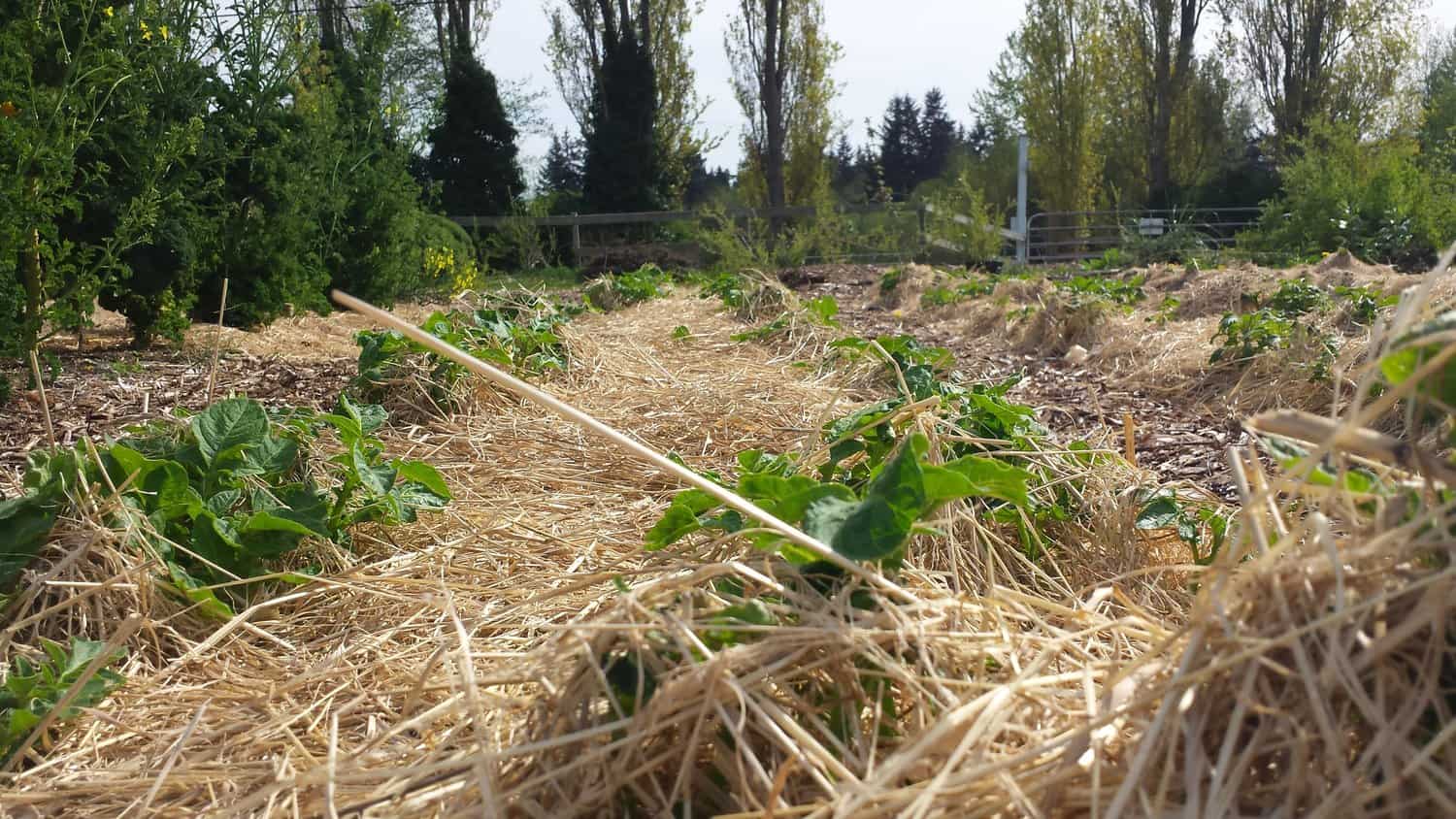

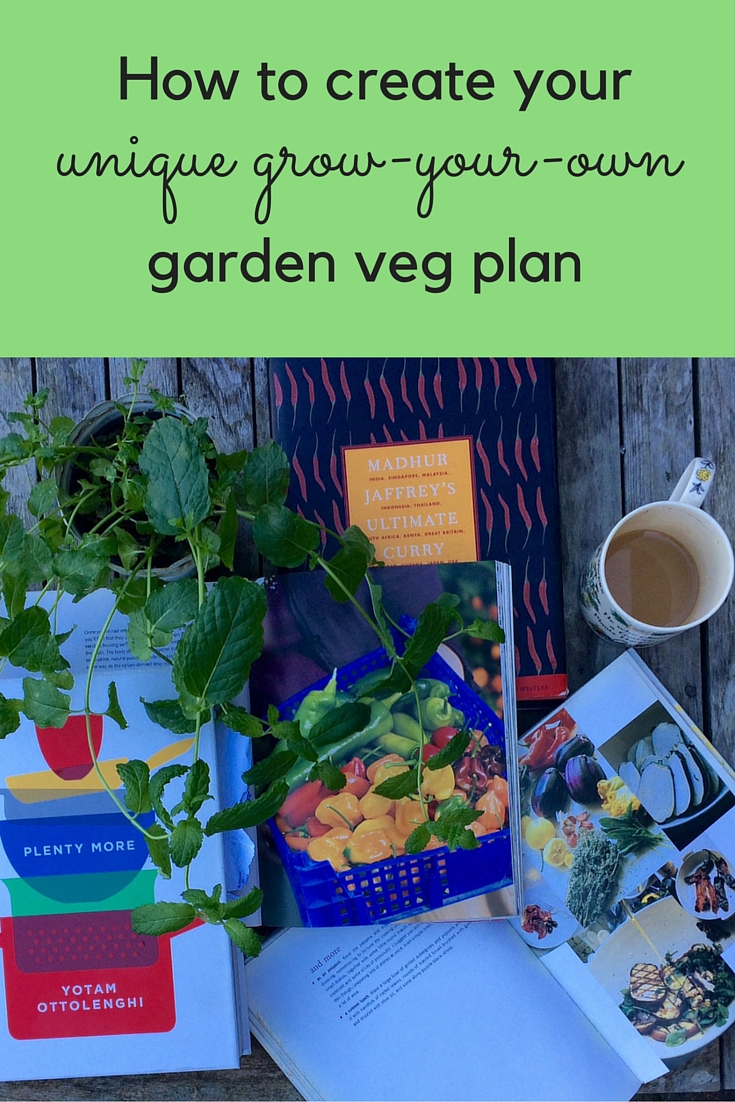


Leave a Reply